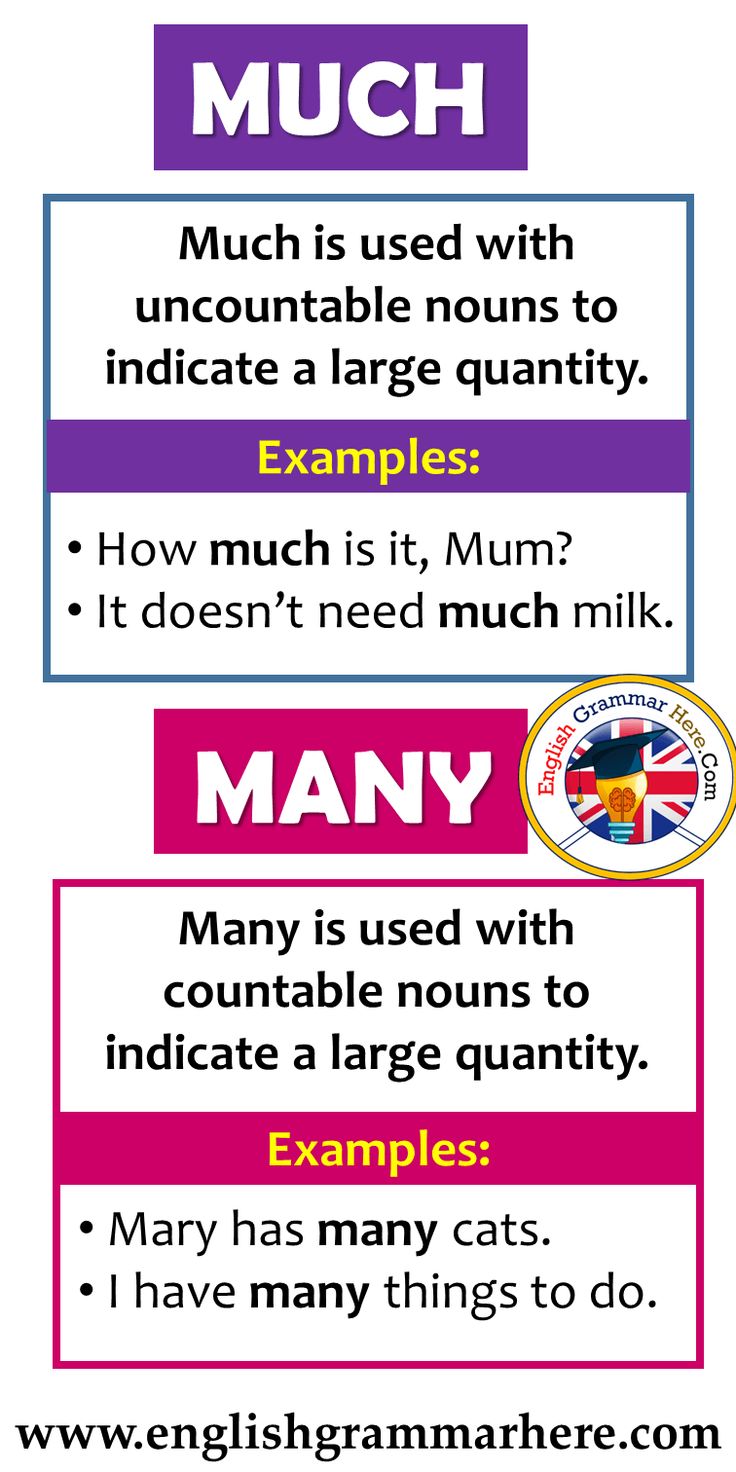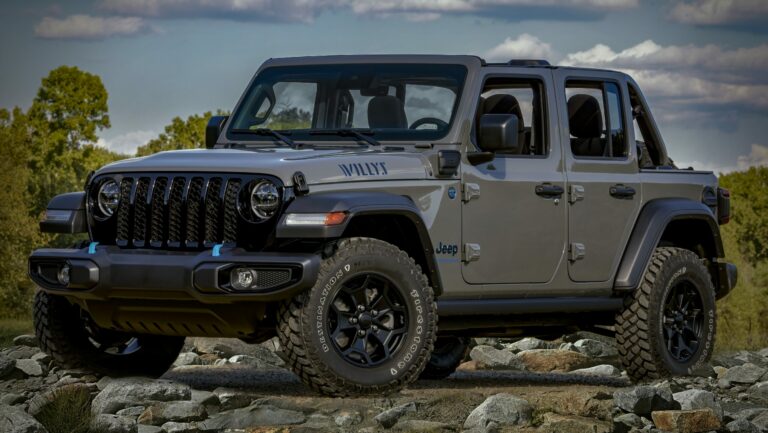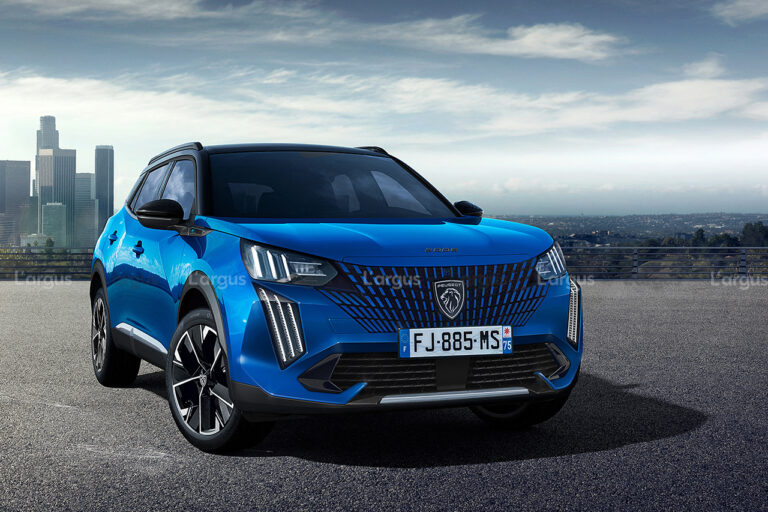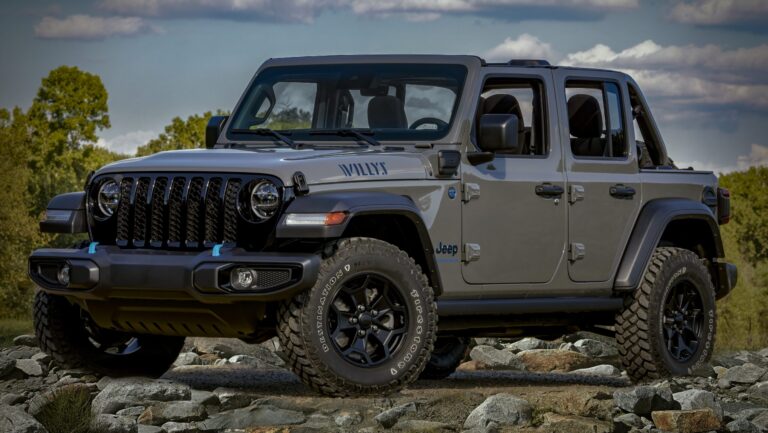How Much Can My 2017 Jeep Wrangler Unlimited Tow? Unleashing Your JK’s Hauling Potential
How Much Can My 2017 Jeep Wrangler Unlimited Tow? Unleashing Your JK’s Hauling Potential jeeps.truckstrend.com
The 2017 Jeep Wrangler Unlimited, a vehicle synonymous with adventure, off-road prowess, and an iconic design, holds a special place in the hearts of enthusiasts. Its four-door configuration, known as the JK Unlimited, not only offers more passenger and cargo space but also significantly enhances its utility, including its towing capabilities. For many Jeep owners, understanding "How Much Can My 2017 Jeep Wrangler Unlimited Tow" isn’t just a technical specification; it’s the key to unlocking new adventures, whether that means hauling a small boat to the lake, a teardrop trailer to a secluded campsite, or a utility trailer for weekend projects.
Knowing your vehicle’s precise towing capacity and the factors that influence it is paramount. Exceeding these limits can lead to serious safety hazards, vehicle damage, and legal repercussions. This comprehensive guide will delve into every aspect of your 2017 Jeep Wrangler Unlimited’s towing potential, ensuring you can tow safely, efficiently, and with complete confidence.
How Much Can My 2017 Jeep Wrangler Unlimited Tow? Unleashing Your JK’s Hauling Potential
Understanding Your 2017 Jeep Wrangler Unlimited’s Core Towing Capacity
At its heart, the 2017 Jeep Wrangler Unlimited (JKU) is rated for a maximum towing capacity of 3,500 pounds (approximately 1,588 kg). This figure is a critical benchmark, but it’s not a universal guarantee without considering specific vehicle configurations and necessary equipment.
The JK Unlimited is powered by the robust 3.6-liter Pentastar V6 engine, delivering 285 horsepower and 260 lb-ft of torque. This engine, paired with either a 5-speed automatic or a 6-speed manual transmission, provides ample power for its intended towing applications. However, reaching the full 3,500-pound capacity often hinges on one crucial factor: axle ratios.
Jeep offered various axle ratios for the 2017 Wrangler Unlimited, including 3.21, 3.73, and 4.10. While the 3.21 ratio is suitable for lighter duties and better fuel economy, to achieve the maximum 3,500 lbs towing capacity, your 2017 Wrangler Unlimited must be equipped with either the 3.73 or 4.10 axle ratio, often part of a factory-installed Trailer Tow Group or Max Tow Package. These higher numerical ratios provide more torque multiplication, making it easier to get a heavy load moving and maintain speed, especially on inclines. If your Jeep has the 3.21 axle ratio, its practical towing capacity will be significantly lower, typically around 1,000-2,000 lbs, regardless of the theoretical maximum. It’s essential to check your vehicle’s build sheet, door jamb sticker, or VIN decoder to confirm your specific axle ratio.
Trim levels (Sport, Sahara, Rubicon) themselves don’t inherently change the maximum towing capacity, but they often came with different standard or optional equipment packages that included the necessary axle ratios or heavy-duty components. For instance, a Rubicon with its 4.10 axle ratio is inherently better equipped for towing near its maximum, even if its stated capacity is the same as a similarly equipped Sport.
Essential Components for Safe and Effective Towing
Achieving and safely utilizing your 2017 Jeep Wrangler Unlimited’s towing capacity requires more than just the right axle ratio. Several key components are necessary:
- Tow Hitch: For 3,500 lbs, a Class II receiver hitch is required. This is typically a 2-inch receiver. Many Wranglers came with a factory hitch, but if yours didn’t, an aftermarket Class II hitch can be installed. Ensure it’s properly bolted to the frame.
- Wiring Harness: To ensure your trailer’s lights (tail, brake, turn signals) function correctly, a wiring harness is indispensable. Most light-duty trailers use a 4-pin connector. However, for heavier trailers or those with electric brakes, a 7-pin connector is needed, which provides connections for lights, electric trailer brakes, and often auxiliary power.
- Trailer Brake Controller: This is a crucial safety device for trailers equipped with electric brakes. It allows you to manually or automatically apply the trailer’s brakes, independent of your Jeep’s brakes. While not always legally required for trailers under a certain weight (which varies by state, often 1,000-2,000 lbs), it is highly recommended for any trailer approaching or exceeding 1,000-1,500 lbs, and essential for trailers over 2,000 lbs. It significantly improves stopping performance and control.
- Safety Chains: These are a legal requirement and a critical safety measure. They provide a backup connection between your Jeep and the trailer in case the primary hitch connection fails.
- Proper Towing Mirrors: Your Jeep’s standard mirrors might not provide adequate visibility around a wider trailer. Aftermarket clip-on or extendable towing mirrors are inexpensive and greatly enhance safety by eliminating blind spots.
- Tires: Ensure your Jeep’s tires are in good condition, properly inflated to the manufacturer’s recommended pressure for towing, and have adequate load ratings for the combined weight.


Calculating Your Towing Weight and Staying Safe
Understanding the maximum towing capacity is just the first step. You must also understand the various weight ratings that dictate your overall safe towing limit.
- Gross Trailer Weight (GTW): This is the actual total weight of your loaded trailer. You can typically find the trailer’s empty weight (Dry Weight or Unloaded Vehicle Weight) on a sticker, but you must add the weight of all cargo, water, and propane. The GTW must never exceed your Jeep’s maximum towing capacity (3,500 lbs).
- Tongue Weight (TW): This is the downward force the trailer’s coupler exerts on your Jeep’s hitch ball. For optimal stability and safety, tongue weight should ideally be between 10% and 15% of the GTW. For a 3,500 lb trailer, this means a tongue weight of 350-525 lbs. Exceeding the maximum tongue weight limit (usually 350 lbs for the JKU) can overload the rear suspension and affect steering. Too little tongue weight can cause dangerous trailer sway.
- Gross Vehicle Weight Rating (GVWR): This is the maximum permissible total weight of your fully loaded Jeep, including the vehicle itself, all passengers, cargo, and the tongue weight of the trailer. For the 2017 JKU, this is typically around 5,500 lbs.
- Gross Combined Weight Rating (GCWR): This is the absolute maximum allowable weight of the fully loaded Jeep and the fully loaded trailer combined. For the 2017 JKU with the 3,500 lb towing capacity, the GCWR is typically around 8,000 lbs. It’s crucial that your loaded Jeep’s weight plus your loaded trailer’s weight does not exceed this figure.
- Payload Capacity: Often overlooked, this is the maximum amount of weight your Jeep can carry, including passengers, cargo, and the trailer’s tongue weight. For the JKU, this is typically around 1,000 lbs, but it varies by specific trim and options. Every pound of passenger or cargo weight in your Jeep directly reduces the available payload for tongue weight.

Factors that Reduce Towing Capacity:
Be aware that aftermarket modifications and additional weight can reduce your effective towing capacity:
- Passengers and Cargo: As noted above, these eat into your payload, and thus your available tongue weight capacity.
- Aftermarket Bumpers, Winches, Roof Racks, Larger Tires: These add significant weight to your Jeep, increasing its curb weight and reducing its available payload capacity. A heavier Jeep means less available capacity for the trailer’s tongue weight within the GVWR and GCWR limits.
- Lift Kits: While not directly reducing the stated capacity, a lift kit can alter your vehicle’s center of gravity and suspension geometry, potentially impacting stability and handling while towing. Adjustments to the hitch height might be necessary to ensure the trailer remains level.
Pre-Towing Checklist:
Before hitting the road, always perform a thorough check:
- Hitch Connection: Ensure the hitch ball is securely seated in the coupler, and the coupler latch is locked.
- Safety Chains: Cross the safety chains under the coupler and attach them to the tow vehicle.
- Wiring: Connect the wiring harness and check all trailer lights (running, brake, turn signals).
- Tires: Check tire pressure on both the Jeep and the trailer.
- Brakes: Test the trailer brakes (if applicable) and ensure the brake controller is functioning.
- Load Distribution: Confirm the trailer load is balanced to achieve proper tongue weight.
What Can a 2017 Jeep Wrangler Unlimited Tow? (Practical Examples)
With its 3,500 lb capacity, your 2017 Jeep Wrangler Unlimited is capable of hauling a good range of recreational and utility items:
- Small Utility Trailers: Perfect for hauling mulch, furniture, or other home improvement supplies.
- Jet Skis/Personal Watercraft: Most single or double jet ski trailers fall well within the capacity.
- Small Fishing Boats: Many aluminum fishing boats or small fiberglass boats with their trailers are under 3,500 lbs.
- Pop-Up Campers: Many lightweight pop-up campers are designed for this class of towing.
- Teardrop Trailers: These compact and often retro-styled campers are an excellent match for the JKU.
- Small Enclosed Cargo Trailers: Useful for moving equipment, motorcycles, or ATVs.
- ATVs/Motorcycles: A single ATV or a couple of dirt bikes on an open utility trailer are well within limits.
Always confirm the specific Gross Vehicle Weight Rating (GVWR) of the exact trailer you intend to tow, including the weight of all your gear, water, and other supplies.
Challenges and Considerations for Towing with Your JKU
While capable, the 2017 Jeep Wrangler Unlimited isn’t a full-size pickup truck, and it comes with specific considerations when towing:
- Shorter Wheelbase: Even the Unlimited’s 116-inch wheelbase is relatively short compared to dedicated towing vehicles. This can make the vehicle more susceptible to trailer sway, especially in crosswinds or when passed by large trucks.
- Aerodynamics: The Wrangler’s iconic boxy shape is fantastic for off-roading but a significant aerodynamic challenge for towing. This translates to increased wind resistance, higher engine strain, and notably worse fuel economy while towing.
- Fuel Economy: Expect a substantial drop in MPG when towing, particularly with larger, less aerodynamic trailers.
- Suspension: The stock suspension is designed for a balance of comfort and off-road articulation. With heavier tongue weights, you might experience more rear sag. Airbags or helper springs can be added to the rear suspension to level the vehicle and improve stability if you tow frequently.
- Braking: While the Wrangler’s brakes are adequate for its own weight, they will be working harder to stop the combined weight of the Jeep and a trailer. Maintain longer stopping distances and use your trailer brake controller effectively.
- Off-Road Towing: While the JKU is an off-road beast, towing off-road requires extreme caution. Reduce tire pressure on the trailer, engage 4WD (4-Low if needed), and navigate obstacles very slowly. Be mindful of articulation and ground clearance for both the Jeep and the trailer.
Maximizing Your Towing Experience
To make the most of your 2017 Jeep Wrangler Unlimited’s towing capability and ensure a safe journey:
- Regular Maintenance: Keep your Jeep in top mechanical condition. Pay special attention to engine fluids, transmission fluid, cooling system, and brakes. A transmission cooler is a wise investment if you tow frequently or in hot climates.
- Proper Load Distribution: Distribute weight evenly on the trailer, ensuring the correct tongue weight percentage. Heavy items should be placed low and centered over the trailer’s axles.
- Know Your Limits: Never exceed the 3,500 lb maximum. If you’re consistently near the limit, consider if a different tow vehicle might be more appropriate or if you can lighten your load.
- Practice Driving: If you’re new to towing, practice in a safe, open area. Learn how to back up, make wide turns, and manage braking.
- Monitor Gauges: Keep an eye on your engine temperature and transmission temperature gauges, especially on long climbs or in hot weather.
- Avoid Overdrive: When towing, it’s generally recommended to turn off overdrive (if your automatic transmission has a button for it) or select a lower gear manually. This prevents the transmission from constantly shifting, reduces heat buildup, and provides better engine braking.
Table of 2017 Jeep Wrangler Unlimited Towing Specifications
| Feature | 2017 Jeep Wrangler Unlimited (JKU) Specification | Notes |
|---|---|---|
| Maximum Towing Capacity | 3,500 lbs (1,588 kg) | Requires 3.73 or 4.10 axle ratio and appropriate tow package. |
| Engine | 3.6L Pentastar V6 | 285 horsepower @ 6,400 rpm, 260 lb-ft torque @ 4,800 rpm. |
| Transmission | 5-speed Automatic / 6-speed Manual | Automatic transmission is generally preferred for ease of towing. |
| Gross Vehicle Weight Rating (GVWR) | ~5,500 lbs (2,495 kg) | Max allowable weight of the vehicle itself, including fuel, passengers, and all cargo. |
| Gross Combined Weight Rating (GCWR) | ~8,000 lbs (3,629 kg) | Max combined weight of the fully loaded vehicle and fully loaded trailer. |
| Payload Capacity | ~1,000 lbs (454 kg) | Varies slightly by trim/options. Includes driver, passengers, cargo, and trailer tongue weight. |
| Tongue Weight Limit | 350 lbs (159 kg) | Typically 10-15% of max towing capacity. Must be within your vehicle’s payload capacity. |
| Standard Axle Ratios | 3.21, 3.73, 4.10 | Crucial for achieving maximum towing capacity. Check your vehicle’s specifics. |
| Recommended Hitch Class | Class II | 2-inch receiver, rated for up to 3,500 lbs. |
| Fuel Tank Capacity | 22.5 Gallons (85.2 Liters) | Expect reduced range when towing due to decreased fuel efficiency. |
| Wheelbase (Unlimited) | 116 inches (2947 mm) | Longer than the 2-door, providing better towing stability but still relatively short compared to trucks. |
Frequently Asked Questions (FAQ) about Towing with a 2017 Jeep Wrangler Unlimited
Q1: Can my 2017 Jeep Wrangler Unlimited tow more than 3,500 lbs if I add aftermarket parts?
A1: No. The 3,500 lbs capacity is set by the manufacturer based on the vehicle’s design, frame, engine, transmission, and braking system. While aftermarket parts like stronger hitches or suspension components might seem to increase capacity, they do not change the vehicle’s factory-rated limit, which is legally and safely binding. Exceeding this limit is dangerous and can void warranties.
Q2: How can I tell what axle ratio my 2017 Wrangler Unlimited has?
A2: You can typically find this information on the build sheet (often found in the glove box or by contacting a Jeep dealer with your VIN), a sticker on the differential cover, or by decoding your VIN online through a Mopar parts site or VIN decoder tool.
Q3: Does a lift kit or larger tires affect towing capacity?
A3: While they don’t change the stated maximum capacity, lift kits and larger, heavier tires can negatively impact stability, braking performance, and effective towing capability. Larger tires change the effective gear ratio, making the engine work harder, and a lift kit raises the center of gravity, increasing sway. If you have these modifications, be extra cautious and consider specialized towing components.
Q4: Do I really need a trailer brake controller for a small trailer?
A4: For very light trailers (e.g., a small utility trailer with a few hundred pounds of cargo), a brake controller might not be strictly necessary, but it’s always recommended for enhanced safety and control, especially if the trailer has its own braking system. For trailers over 1,000-1,500 lbs, it becomes highly advisable, and often legally required depending on your state.
Q5: What’s the difference between the 2-door and 4-door Wrangler’s towing capacity?
A5: The 2-door 2017 Jeep Wrangler (JK) has a lower towing capacity, typically limited to 2,000 lbs (907 kg). The longer wheelbase and slightly heavier curb weight of the Unlimited (JKU) allow for the increased 3,500 lb capacity.
Q6: What happens if I exceed the tongue weight limit?
A6: Exceeding the tongue weight limit (350 lbs for the JKU) can cause the rear of your Jeep to sag excessively, reduce steering control by lifting the front wheels, and overload the rear axle and suspension components, leading to potential damage or instability.
Conclusion
Your 2017 Jeep Wrangler Unlimited is an incredibly versatile vehicle, and its 3,500-pound towing capacity for the 4-door model opens up a world of possibilities for adventure and utility. However, safe and effective towing is not just about knowing that maximum number. It’s about understanding the nuances of axle ratios, the necessity of proper equipment, the critical importance of weight distribution (GTW, TW, GVWR, GCWR, Payload), and the inherent characteristics of your vehicle.
By equipping your Jeep correctly, meticulously calculating your weights, and practicing safe towing habits, you can confidently hitch up your gear and explore new horizons. Always prioritize safety over capability, and remember that even an icon like the Jeep Wrangler has its limits. Respect those limits, and your 2017 Jeep Wrangler Unlimited will continue to be a reliable partner for all your adventures, on and off the pavement.





